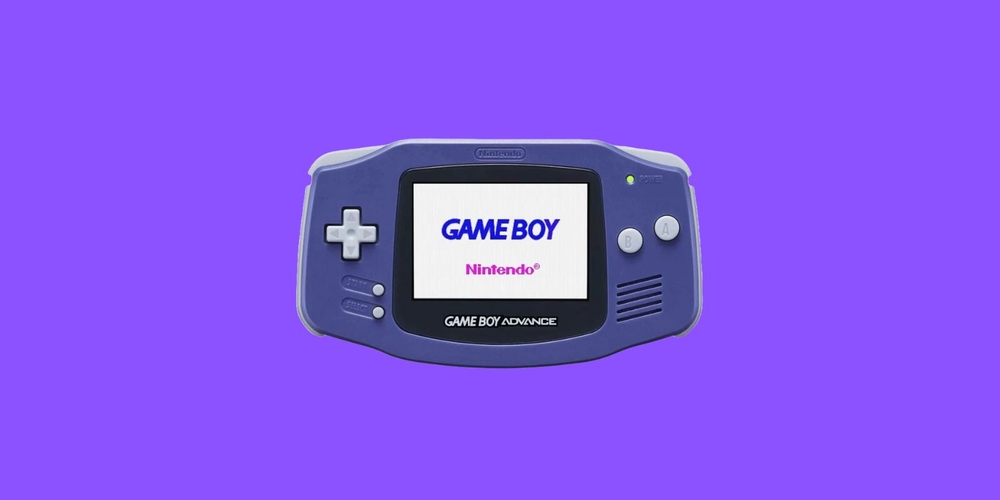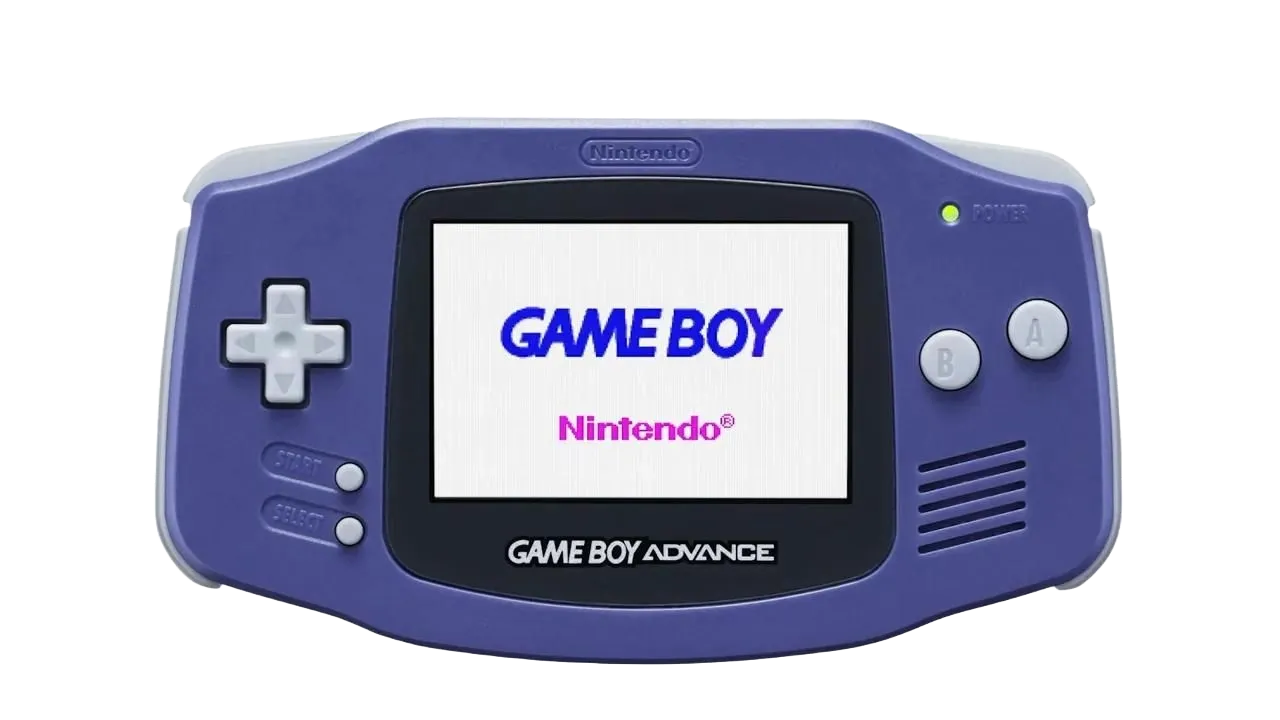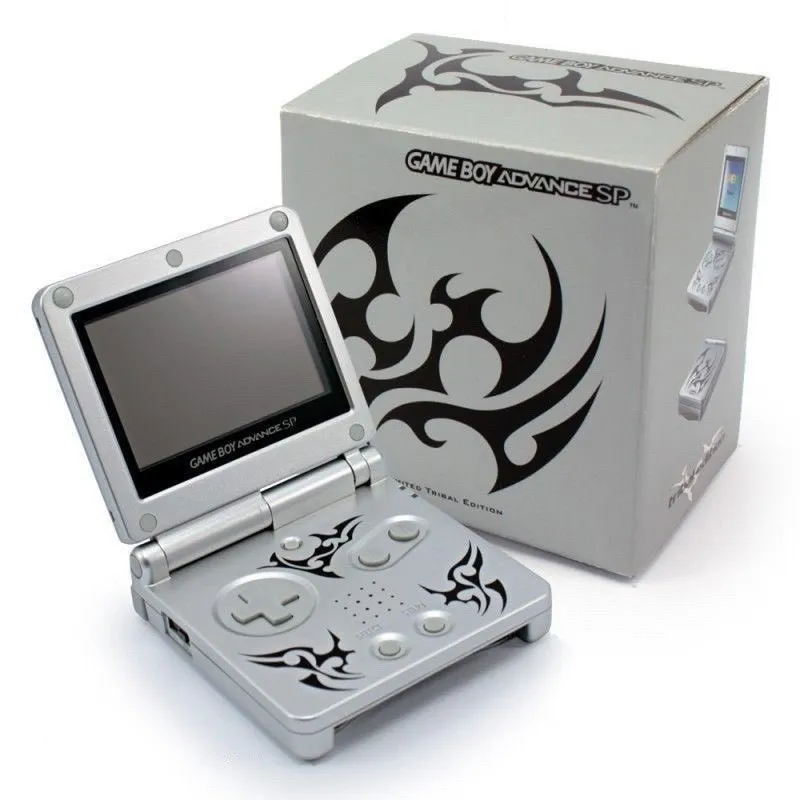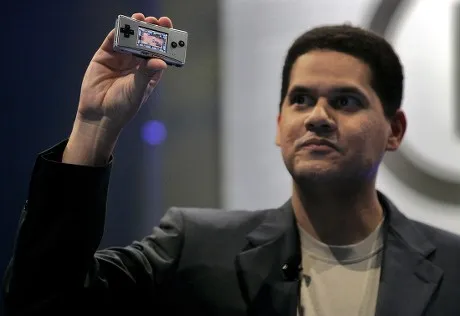Published
- 9 min read
History of the Game Boy Advance

The Game Boy Advance is one of my favourite consoles and my first handheld console. This was also the console that introduced me to the Nintendo universe and made me discover some of their most famous licenses.
That’s a console that came after the original Game Boy that had revolutionized the world of video games. It did not stay long on the market but is still one of the most iconic console of its generation.
Historical context
The original Gameboy was first released in Japan in 1989, and after 6 years on the market, the number of units sold started to run out of steam. In the mid-90s, the video game industry experienced a revolution with the arrival and democratization of the 3D. Sega and Sony have both released the Saturn and the PlayStation at the end of 1994, and Nintendo is preparing the successor of the SNES, the Nintendo 64. All eyes are turned to this new technology, in comparison the GameBoy seems archaic with its 2D black & white graphics.
In 1995, Nintendo released the VirtualBoy, an original console created by Gunpei Yokoi, who also created the Game&Watch and the Gameboy. It was not presented as a traditional console nor a portable console, but the press saw it as a successor of the Gameboy, and it was a major fail.
To try to boost sales again, Nintendo released several special editions of the Game Boy with coloured cases and a new revision, the Game Boy pocket. Smaller, lighter and consuming less battery. Despite a small peak in sales, the console stayed outdated and not a lot of new games are released.
Project Atlantis
In 1996, some magazines featured reports of a new Game Boy codenamed « Atlantis », in reference to the Atlanta Olympics game of this year’s summer, where the console was meant to be revealed. It was described to be a powerful 32bits (bear in mind the Game Boy was 8bit, and only high end consoles by that time, like the PlayStation, were 32bit) console with a 3:2 inch LCD screen, and to have a new Super Mario game to support its launch, Mario’s Castle. But component’s price was too expensive, and the autonomy for such a powerful console was too low. Instead, Nintendo’s strategy by that time was to focus on the release of the cheapest to produce Game Boy pocket instead.
That was also the last project supervised by Gunpei Yokoi (whose philosophy was to work with mastered technologies rather than looking for new state of the art component) before he left Nintendo to work on the WonderSwan.
Game Boy Color and Pokemania
An unexpected thing happened in 1996, the first Pokemon games (Pocket Monsters Red and Green) were released. A few months after a good but not incredible start, and with no particular advertisement, the number of Pokemon cartridges sold started to skyrocket. This is mostly due to the rumour of a secret Pokemon, Mew, that picked the curiosity of the players. While the number of units of Gameboy sold during 1995 and 1996 was slowing down and the console was at the end of its life, it was a real revival with the number of units sold increasing, driven by the PokemonMania.
To support the success of Pokemon and its release in the United States in 1998, Nintendo decided to release an updated version of the Game Boy, with improved hardware and the most wanted feature, the color! With the new success of the Game Boy and Game Boy Color, video game editors started to create new games for the platform, contributing to making the sales grow again.
Due to this success, the console presenting all-time high numbers, and a second generation of Pokemon expected, Nintendo is delaying to introduce a successor to the market.
Contenders were taking advantage of Nintendo’s hesitation to present a real successor to the 10yo Game Boy, to release new portable consoles in the hope of taking new market shares. This was the case with the NeoGeo and the WonderSwan, the last console conceived by Gunpei Yokoi.
The « Advanced » Game Boy
Announced during the space word 2000 along with the GameCube, the Game Boy Advance was released in March 2001 in Japan and a few weeks later in the rest of the world.

Specifications
The GBA is a powerful 32 bits portable console with a LCD screen of 240x160 pixels with Game Boy games retro compatibility.
Nintendo decided to abandon the vertical design of the original Game Boy for a horizontal one. Problem is, the concurrents already adopted an horizontal form factor and it was difficult to come up with a new original vertical design. That is why Nintendo decided to ask the help of the Tokyo-based external design cabinet of experts Curiosity created by the Frenchman Gwénael Nicolas.
The 3:2 aspect ratio screen, in comparison to the square format of the Game Boy screen, can adapt games from a console like the SNES without having to zoom the image and hence, lose information. To contain the cost and have an affordable console, the screen does not have any backlight. This was one of the major defaults of the console pointed out by the players and the press. The absence of light and the light reflection on the screen make it harder to play some games and does not pay a proper tribute to the graphics quality of the games.
To ensure backward compatibility with the Game Boy games, the GBA integrates two different circuit boards that are activated or not by the shape of the cartridges. Retrocompatibility was particularly important, the second generation of Pokemon Gold & Silvers were just released in Europa in April 2001.
The GBA introduced two new L and R top triggers despite having only two « action » buttons A and B.
Game Boy Advance Special
Only 2 years after the GBA, in February 2003, Nintendo released an improved version of the GBA; the Game Boy Advance SP.

And that was a huge success, this Game Boy did fixed the major drawback of the original GBA and finally came with a backlight screen. It also had a rechargeable battery and its design was inspired by the « flip flop » mobile phones that were the huge trend by then. Cherry on the cake, it is still backward compatible with the Game Boy / Game Boy Color cartridges!
A plethora of colors and limited editions were released, even a tribal version! (Kind of glad this 2000s tribal shapes trend is over).

Game Boy Micro
A final «weird » iteration of the GBA was released in 2005, one year after the Nintendo DS; the Game Boy Micro. Unlike its older sister, the GB Micro ditched the backward compatibility with the Game Boy games. It had interchangeable faces, but that was not enough to find its public, and the production was stopped in 2006. A sad ending for the Game Boy series.

Accessories and connectivity
The GBA did have a lot of accessories. Starting with the Game Link Cable that can now connect up to 4 different consoles at the same time and was used in the Zelda 4 swords game. Japan had the opportunity to enjoy the e-reader accessory that did not have a huge success in the USA and was not even released in Europe. This accessory made it possible for the GBA to read data from cards and unlock exclusive content in-game. That was the case to access special events for the 3rd generation Pokemon series; Pokemon games that were also bundled with the wireless adapter for the 1st gen remaster.
3rd party constructors were also producing their own items, such as numerous light attachments, to try to enhance the lack of a backlight screen.
Game catalogue
 At its release in 2001, the GBA had a lineup of 31 games and in total an impressive catalogue of more than 1500 titles.
However, the console’s catalog was largely criticized due to the number of portages, remakes and remasters it had. For example, there was no original Mario’s game of the main series, instead, they had remasters of Super Mario 2, 3, and Super Mario World. And despite their quality, their original counterparts on SNES were better. The GBA screen being smaller than a TV screen, images were cropped, making some platforms disappear from the field of view.
At its release in 2001, the GBA had a lineup of 31 games and in total an impressive catalogue of more than 1500 titles.
However, the console’s catalog was largely criticized due to the number of portages, remakes and remasters it had. For example, there was no original Mario’s game of the main series, instead, they had remasters of Super Mario 2, 3, and Super Mario World. And despite their quality, their original counterparts on SNES were better. The GBA screen being smaller than a TV screen, images were cropped, making some platforms disappear from the field of view.
It was also the first time that some popular licenses crossed Japan’s border to the Occident, like the Fire Emblem series or Advance Wars. On top of that, Square Enix being reconciled with Nintendo, they made remasters of all the first Final Fantasy. This was the occasion for Europeans to discover those titles from before FF VII which was the first FF game to have been outside Japan. Sega which had stopped producing gaming hardwares after the commercial failure of the Dreamcast have developed the excellent Sonic Avance series. Some incredible new licenses were also created, such as the Mario & Luigi Superstar’s saga (one of my favorite games of all time) or Golden Sun.
Best selling games on the console were the 3rd generation Pokemon games, Ruby / Sapphire and the first gen remaster, confirming that the Pokemania (even if less crazy than at the original Game Boy era) is destined to perdure in time.

Eclipsed by the DS
Nearly 80 million units of the different GBA systems combined were sold, but in 2004, only 1 year after the GBA SP, Nintendo decided to release the Nintendo DS. Despite arguing that this was not a replacement of the GBA, probably to have a backup plan to continue supporting the GBA in case of the DS would have been a faillure, this console was backward compatible with GBA games, and ultimately killed the GBA.
Even if games were still developed for the GBA, everyone had their eyes turned on the duel Nintendo DS and Sony PSP to be released later in 2005.
Conclusion
Although the GBA did not sell as many units as the original Game Boy, it has become an iconique console for numerous players around the world and consolidated Nintendo’s top position on the handheld console market. And all of this despite a late release, caused by the success of Pokemon, and a short lifespan on the market due to the Nintendo DS replacement and all the attention turned to the handheld console duel between Nintendo and Sony’s PSP.